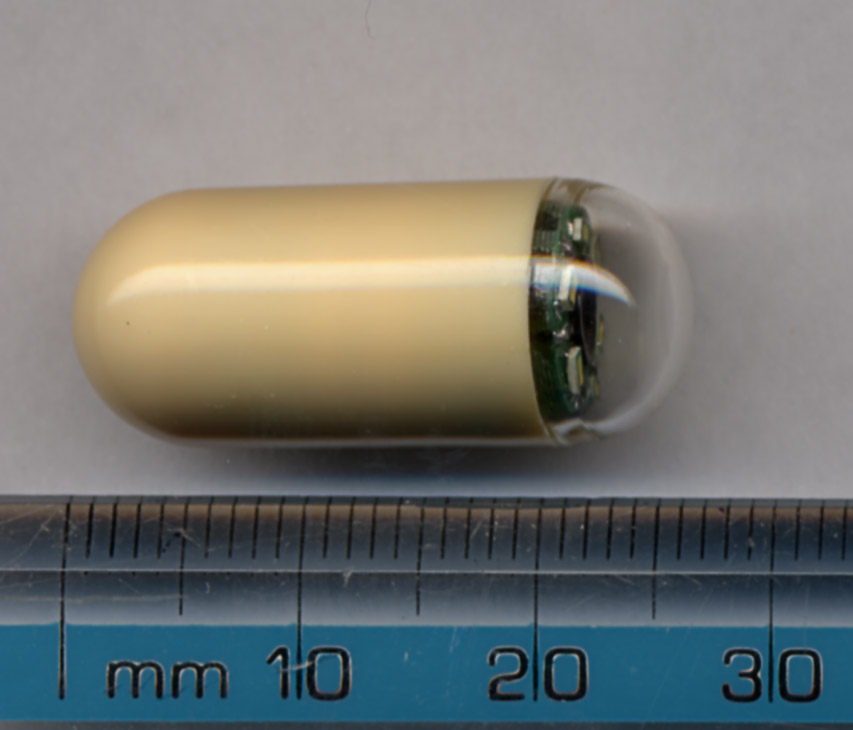When cries about the environmental care is increasing day by day, we are chalking out many causes for environmental pollution. But very sadly, one field remains unnoticed. That is nothing but Computing.
I have compiled 5 astonishing facts that you might have rarely heard of.
1) Computing contributes to 2% of total CO2 emission, which is equivalent to the CO2 emission by aviation industry.
2)Computer Wastes(e-waste) are used as land fills which is very dangerous.
3)Many western countries have banned usage of e-waste as land-fills. So it is illegally exported to Asian countries.
4)If 12 people run their computers in POWER SAVER MODE, for an year, then its equivalent of removing an average running vehicle from road.
5)If left on 24x7 for one year, a computer will consume 1,270 kilowatt hours of electricity—that’s enough to release 1,715 pounds of carbon dioxide into the atmosphere and the equivalent of driving 1,886 miles in the average car!
Now a quick look at what we can do to protect it.
1) Upgrading the computer is the best choice. How-ever green, the newer computer claims to be, it is always better to upgrade a PC, than going for a newer one. In western Countries, the average life span of a computer is not more than 1.5-2 year. A bold and greater step has to be taken to increase this period.
2)If you are going for a new computer, analyse different computers in market and then go for greener computer. Now a days MAC PCs are generally green computers.
3)Use computers only when necessary. It is predicted that the usage of computers might double in next 4 years.
4) Appreciate and take the best use of certain initiatives like "Intel ATOM" processor etc.
5) I would like to mention about iYogi Computers, which was a very brave initiative of an Indian company, that thought of a centralized computing environment, where resources are shared and each house will be having only a monitor and a keyboard, rest all will be centralised.
Such small but great initiatives from all of us might be very handy in turning down the percentage of environmental harm caused due to computers. It is very well accepted that, without computers, life has almost become impossible. So when computers are an integral part of our, when they are just like our family. It becomes very important for us to see to it that, our family members don't be a black mark to the society.
Spread the word... GO GREEN............




